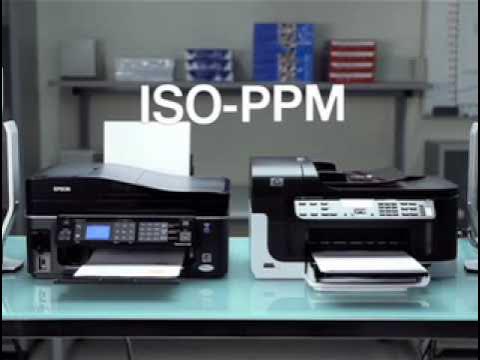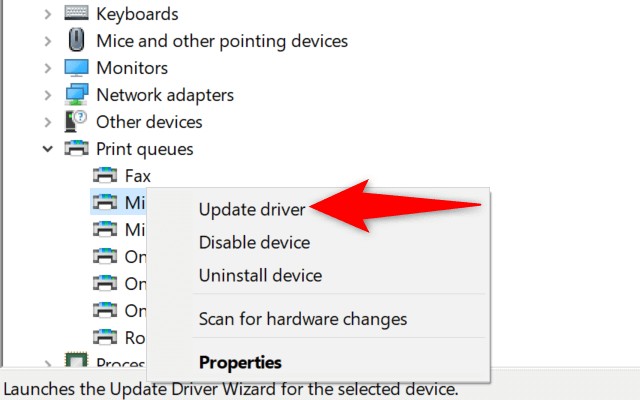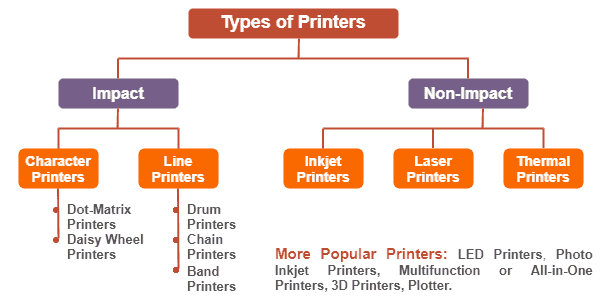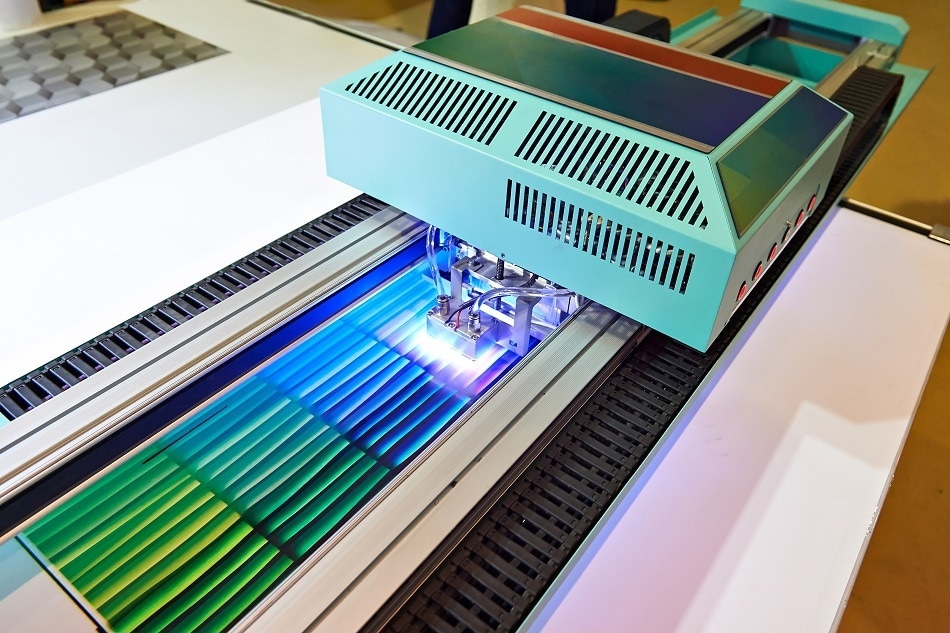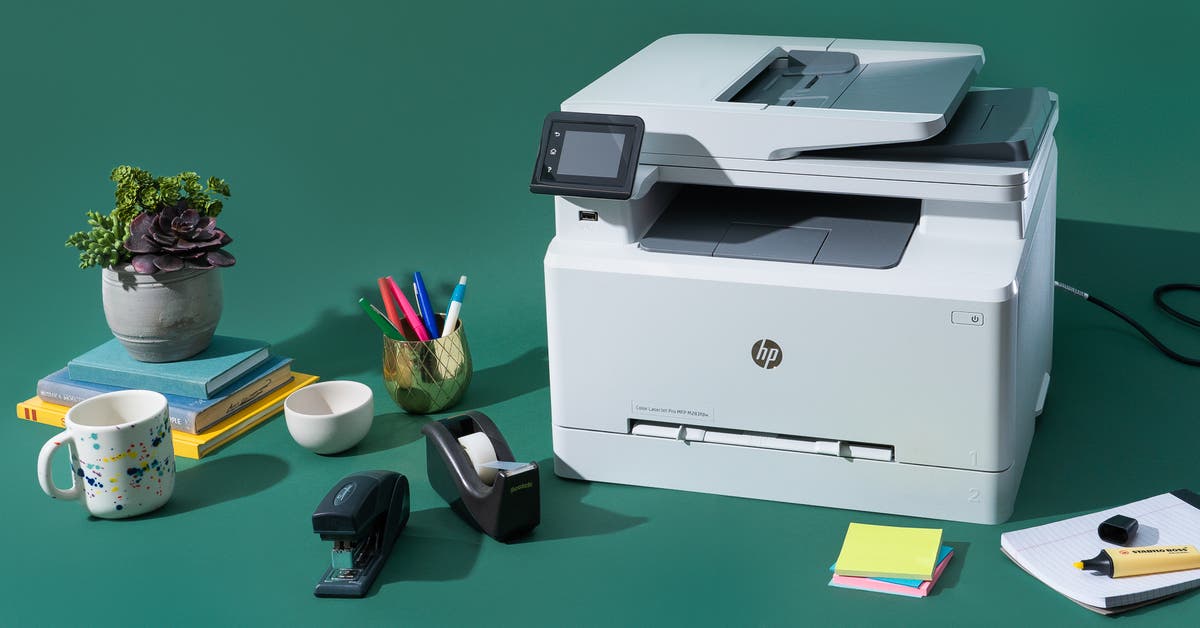Demystifying Large Format Printers: A Comprehensive Understanding
Introduction
For those unfamiliar with the world of professional printing, the term 'large format printer' may seem alien and complicated. However, understanding these complex machines is simpler than it seems. This comprehensive guide aims to demystify these technological wonders, offering a broad understanding of large format printers, their various applications, and how they differ from traditional printing machines. We will also explore how to maximize the use and return on investment from these high-performance devices.
What Are Large Format Printers?
Large-format printers bear their name from the sizable projects they can handle, spanning a far wider range than your typical home or office printer. Here's what sets these printers apart:
1. Scale: Instead of being limited to the letter size sheets, these printers can create large, seamless prints spanning across wide-format print jobs. Whether you need a banner, a poster, or other large display materials, they've got you covered.
2. Versatile Material Handling: One of the distinguishing attributes of large format printers is their adaptability to various print mediums. Be it paper, canvas, vinyl, or more, these printers are true workhorses.
3. Higher Functionality and Quality: When compared to traditional printers, large format printers come packed with advanced features that offer high-quality prints and better functionality.
4. Applications: Predominantly used for displays, signs, posters, and striking graphics for both indoor and outdoor usage, these printers cater to a variety of professional printing requirements.
In sheer essence, large format printers stand out with their size, functionality, and the ability to print larger items, eliminating the need for tying together smaller printouts, thereby validating their distinctive position in the print market.
Why Are Large Format Printers More Than Just Printing Machines?
Perceiving large format printers as just 'printing tools' doesn't do justice to their extensive capabilities. These power-packed machines, equipped with advanced technologies, serve multiple purposes besides generating large-sized prints. Let's delve into the multi-faceted nature of large format printers:
1. High-Quality Prints: Above all, these printers are renowned for their exceptional print quality. They can deliver graphics-rich prints with vivid colors, sharp lines, and minute details. Their print fidelity is incredibly valuable in design-centric fields, such as advertising, architecture, and interior design.
2. Material Versatility: Large format printers can handle an impressive range of materials. While conventional printers are limited to paper, their large format counterparts can efficiently print on vinyl, canvas, fabric, adhesive-backed substrates, and more. This capability dramatically expands their application portfolio.
3. Customizable Solutions: Modern large format printers come with custom software solutions, enabling users to tailor the print process to their specific needs. The possibilities range from adjusting color profiles to setting up automated print workflows.
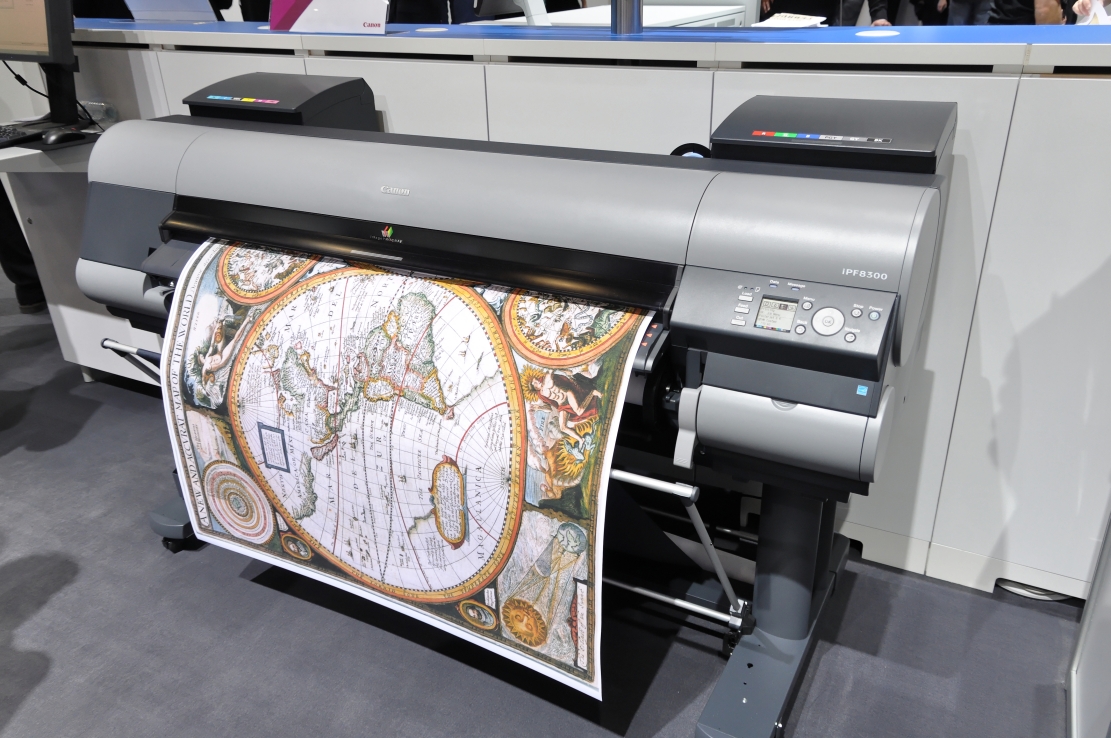
4. High Accuracy: Even over substantial print dimensions, large format printers maintain impeccable accuracy. This precision enables the production of detailed blueprints, intricate designs, and architectural drawings on a larger scale.
5. Greater ROI: Last but not least, an upfront investment in a large format printer can lead to greater ROI in the long run. The range of applications and versatility these printers offer can open new revenue streams by enabling the delivery of a broader array of services.

In essence, large format printers surpass their traditional counterparts, not only in size but also in versatility, accuracy, quality, and capability, proving to be an invaluable asset for various industries.
Where Are Large Format Printers Mostly Used?
Large format printers form an integral part of many industries due to their uncanny ability to deliver high-end, large-scale prints. Let's spotlight some primary sectors where their usage is prevalent:
1. Advertising Agencies: In the fast-paced world of advertising, large format printers play a vital role. They are responsible for bringing to life eye-catching display materials like billboards, outdoor banners, and bus stop posters. Even uniquely tailored vehicle wraps and wall murals are made possible due to these advanced printers. They help agencies convey brand messages compellingly and memorably.
2. Architectural and Construction Industries: Detail and precision are of utmost importance in these sectors. Therefore, architects and construction professionals rely heavily on large format printers to produce detailed blueprints, presentation boards, and large-scale 3D renderings. This helps them visualize structures accurately and present their plans effectively.
3. Retail Industry: The vibrant and dynamic retail environment demands appealing interior design. Ranging from in-store branding to promotional banners, and point-of-purchase advertisements, large format printers ensure stores stand out in the retail crowd.
4. Education and Government Sector: Educational institutions and government bodies make good use of large format printers for delivering large-scale instructional signages, informational displays, and research posters. In a 2019 study, the educational sector accounted for about 9% of the global large format printer market.
In summary, the utilization of large format printers is not confined to a particular sector or industry; instead, these printers aid a variety of industries in creating visual communication pieces that leave a lasting impression.
What are the Innovative Features in Modern Large Format Printers?
It's fascinating to note how large format printers have evolved over the years, incorporating breakthrough technologies to augment their adaptability and performance. Here's a breakdown of the significant modern innovations:
1. Color Management Technology: With this technology, modern large format printers can produce detailed and color-accurate prints. It’s a game-changer for professionals who value color precision in their prints.
2. Personalized Software: This feature allows the printer user to make extensive customizations, accommodating a broad spectrum of unique printing needs.
3. Advanced Ink Technology: One of the innovations in modern printers is the use of advanced ink technologies that enhance prints' durability and resistance to Ultraviolet (UV) effects. As such, graphics endure weather elements longer when used outdoors.
4. User-Friendly Features: Modern large format printers incorporate features such as image preflight, print spooling, and file archiving for easy use. Automatic maintenance algorithms also boost the printer's lifespan and ensure optimal performance.
5. Cloud Printing: Some of the high-end models support cloud printing, a feature that enables users to send print commands remotely. The benefit of this is a more efficient printing process.
The bottom line? Modern large format printers are now more than ever, sophisticated machines designed to handle complex printing tasks, save time, and provide high-quality results. They’ve transformed from mere printing machines to significant allies in diverse industry operations.
How to Maximize the Use and ROI on Large Format Printers?
Boosting the ROI and usage of large format printers isn't just about capitalizing on their advanced features. It needs systematic planning, effective utilization, and smart management. Here are the key strategies to follow:
1. Waste Reduction: Start by optimizing the use of printing materials to reduce wastage. Fine-tuning print management also helps minimize machine downtime, enhancing productivity.
2. Routine Maintenance: Scheduled upkeep ensures the printer's longevity and consistent performance. Regular cleaning and replacing worn-out parts are equally significant in promoting the printer's lifespan.
3. Diversify Your Offerings: Broaden your business by leveraging the printer's diverse material compatibility. This can help cater to various customer needs, extending your market reach.
4. Operator Training: Investing in comprehensive training programs can increase operator efficiency. This not only minimizes errors but also ensures high-quality output.
5. Software Compatibility: Integrating the printer with compatible software can streamline workflow. This results in quicker turnaround times, driving customer satisfaction.
6. Insightful Statistics: As per the Global Large Format Printer Market report by ResearchAndMarkets.com, the market size is projected to reach USD 11.4 billion by 2025, from USD 9.3 billion in 2020 - depicting a prominent growth opportunity.
Following these strategies would assemble the pieces for maximizing your printer’s usage and thus, improving the ROI. Concentrate on strategic optimization and stay prepared to embrace the steady growth of the large format printing industry.
Conclusion
In conclusion, large-format printers are a vital tool for businesses in various industries, offering immense versatility and top-tier quality prints. Understanding their functionalities, adopting innovative features, and strategically maximizing their use can significantly impact productivity and return on investment. So, investing in these printing behemoths can be a game-changer for businesses of all sizes.
Related FAQs about what are large format printers
What is the difference between large format printers and traditional printers?
Large format printers are specifically designed to handle larger print jobs that exceed the size capabilities of traditional printers. They can print on various materials apart from paper, such as vinyl and fabric. Furthermore, large format printers often have advanced features that produce high-quality, color-accurate prints that are vital for several industries.
In what industries can you find the most use of large format printers?
Large format printers find significant use across several industries like advertising agencies, architectural and construction, retail, and the education sector. They are particularly essential for creating large, high-quality displays, blueprints, and promotional material.
What are the key considerations when purchasing a large format printer?
Key considerations when purchasing a large format printer include the type of materials you intend to print on, the desired print quality, printer compatibility with existing software, the printer's speed, and overall operational costs. Besides, evaluate prospective printers based on their durability, maintenance needs, brand reputation, and warranty coverage.


